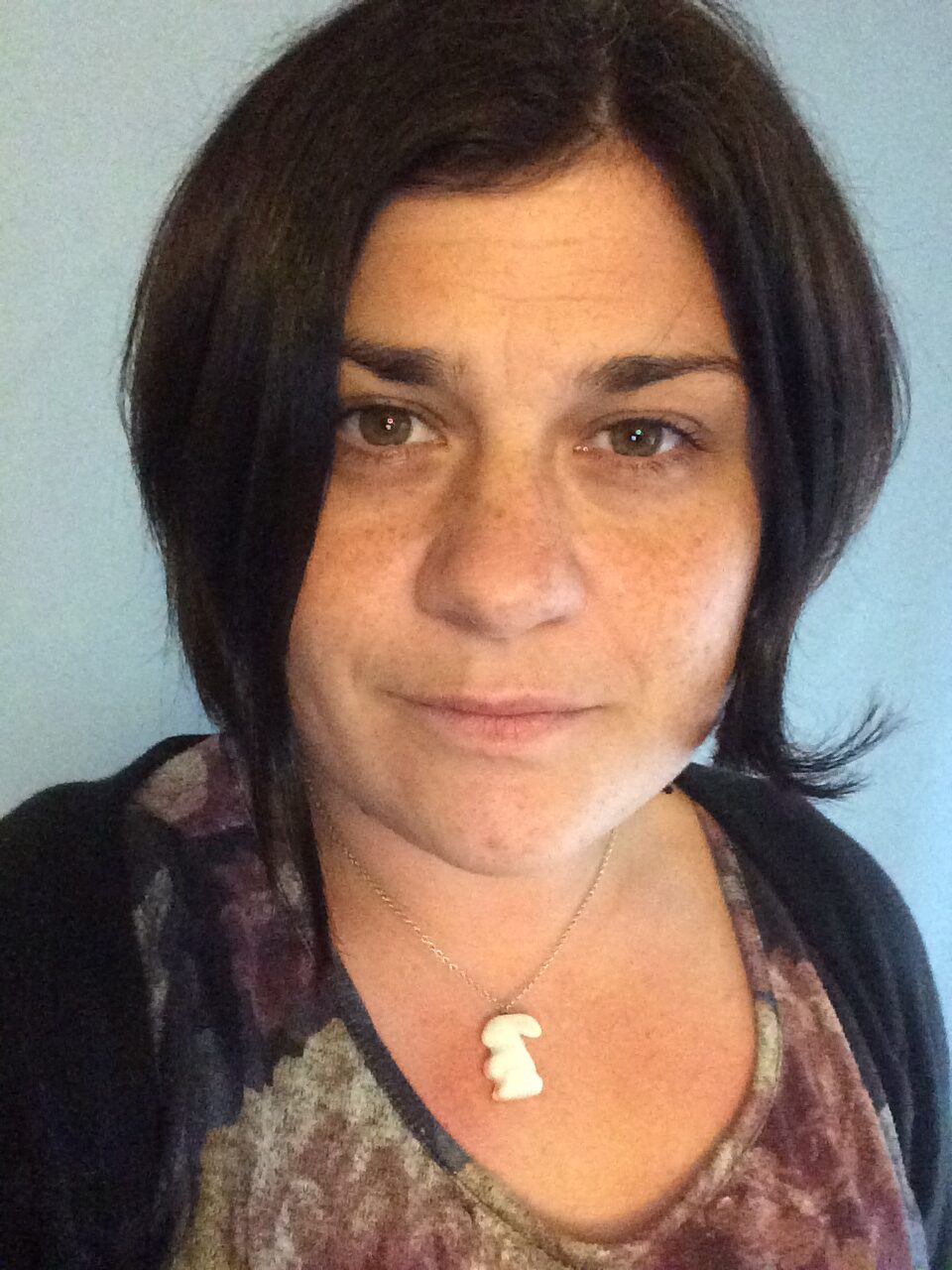The Great British Sewing Bee winner Charlotte Newland gives her expert advice to sewists who are just starting out…
If you’ve been inspired by this year’s Great British Sewing Bee it’s time to dust off your sewing machine and get fashioning your own wardrobe. We're getting into the sewing spirit with issue 104 of Mollie which comes with its very own Tilly & The Buttons 2-in-1 pattern for a funky jumpsuit and pair of trousers!
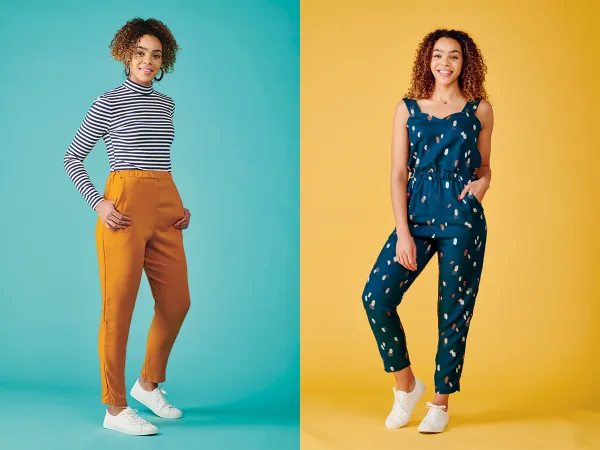
Whether you’ve never stitched before, or it’s been a while since you picked up a needle and thread, never fear. We grabbed Charlotte Newland – sewing workshop queen, expert quilter and winner of the 2016 Great British Sewing Bee – to help you with the basics.
From the tools you should have in your kit to why you need to change your sewing machine needle every eight hours (who knew?), Charlotte's top ten tips will get you stitching like an expert in no time. And, after reading them, you'll be ready to make 104's sewing patterns ready for those spring/summer evenings.
Also, check out our interview with Sewing Bee judge Esme Young to learn more about the show, her passion for sewing and her fave collaborations.
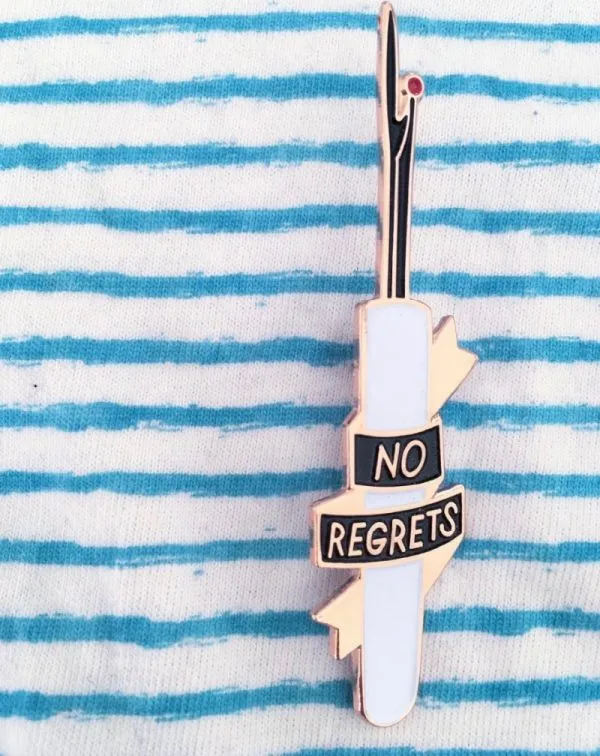
Get your kit together
Before you start, put together a kit of all the essential items you will need to get sewing. This should include a good pair of fabric scissors (don’t use them to cut anything else or they will go blunt!), a pair of small scissors for snipping threads, glass-headed pins (so if you accidentally iron over them they won’t melt), a pincushion (magnetic ones are my favourite), and – most importantly – a stitch unpicker!
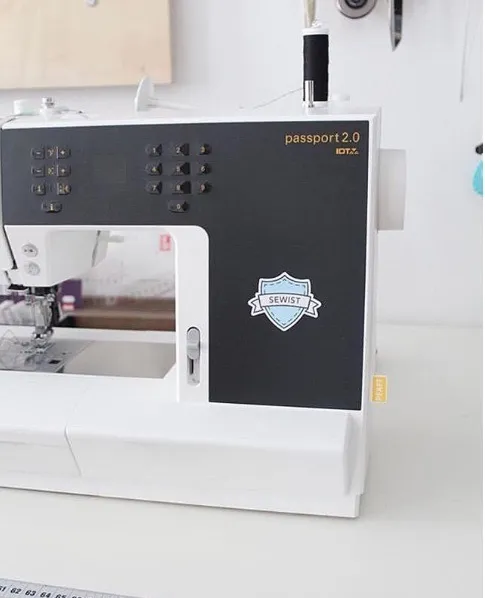
Choose the right machine for you
If possible, try out a few different sewing machines before you buy. Remember, you get what you pay for and the cheapest machines are often not worth the money. Spend a little more if you can to get a machine that has a better build quality.
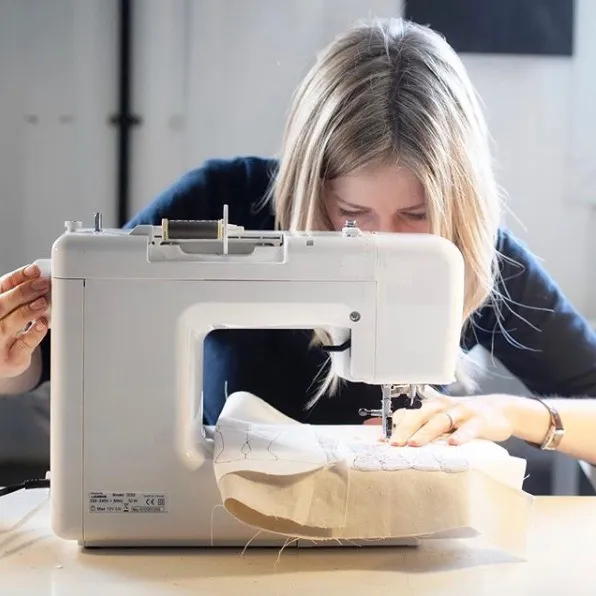
Keep it simple
When you start out, it doesn’t have to be all bells and whistles to get you going. You don’t need millions of stitches for dressmaking – a straight stitch, zig zag, and buttonhole are all you need to get started.
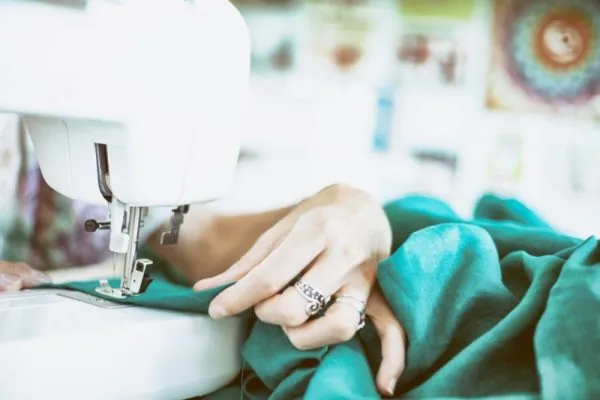
Needle knowledge
Remember to change your sewing machine needle after every eight hours of sewing. It really does make a difference! Also always use the correct needle type for your fabric, especially if you're sewing with jersey or stretch fabrics.
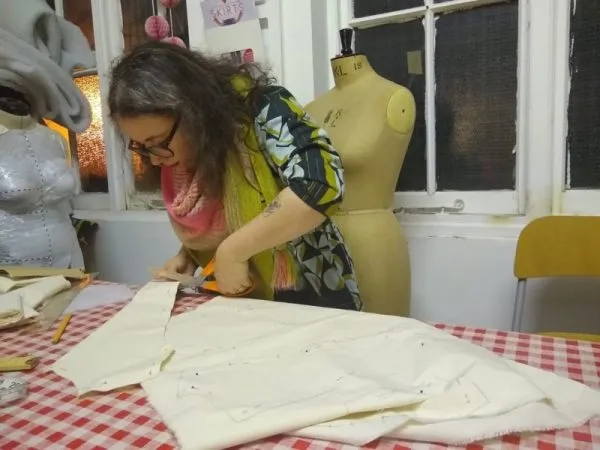
Start small
Don’t be tempted to go straight for a big pattern – start by making a really simple project like a tote bag or envelope-back cushion cover. These will teach you to sew a straight line and give you excellent practice using your machine.
Find your fit
When you're ready to move on to garments, start with something that doesn’t need a lot of fitting, like a gathered skirt. The Cleo skirt by Made by Rae is a fantastic first dressmaking project. I love it so much that it’s the pattern I teach in my introduction to dressmaking class!
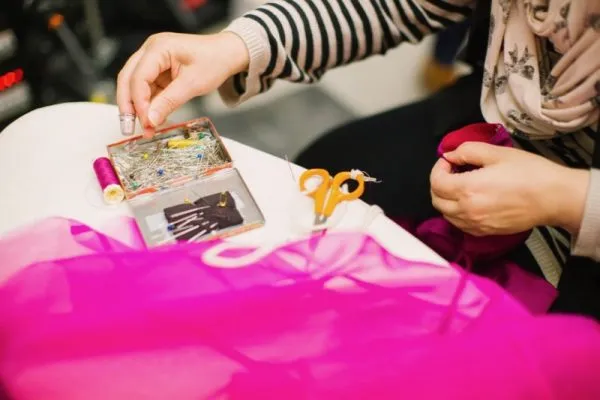
Do your research
There are loads of resources for learning dressmaking, for every type of learning style. Love at First Stitch by Tilly Walnes (of Tilly and the Buttons fame) is a fantastic book for complete beginners and will walk you through every step with wonderful photos and simple instructions. There are also lots of online classes available on platforms like Craftsy and with individual pattern companies (e.g. Closet Case Patterns and Tilly and the Buttons).
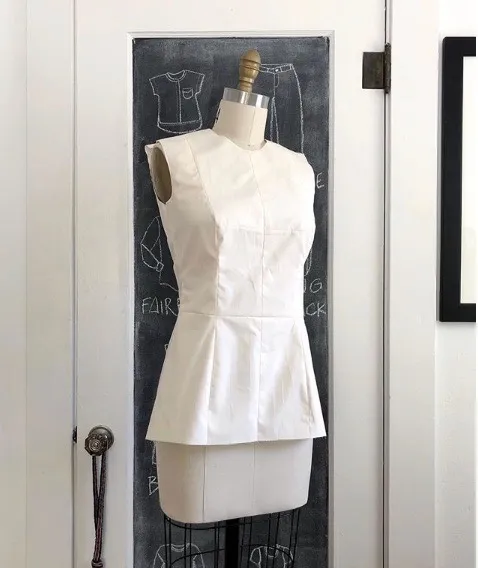
Practice makes perfect
Always make a practise garment (toile or muslin) from cheap fabric before cutting into your more expensive garment fabric. You can buy really cheap sheets from places like IKEA or supermarkets that are ideal for this, and it means you can spot any mistakes and make changes rather than accidentally using up the fabric for your garment.
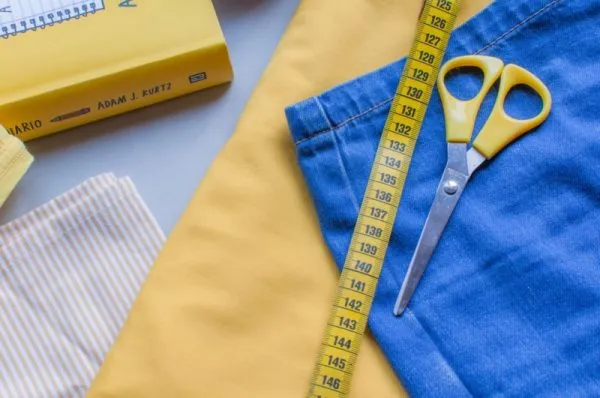
Size it up
Always use your body measurements to choose what size you are going to make. Pattern sizing bears no relation to ready-to-wear sizing! Don’t expect a pattern to fit you straight out of the pack. Patterns are designed to fit a specific body type (for women this is usually 5’6” with a B-cup bust and an hourglass shape – think typical 1950s woman), which doesn’t reflect 95 per cent of the population. You may need to use a different size for the bust, waist and hips, and add or remove space for your boobs. This is all perfectly normal but can be tricky to figure out. Independent pattern companies often have sewalongs on their blogs that have lots of useful information about fit adjustments. Alternatively you could attend an in-person fitting class for help.
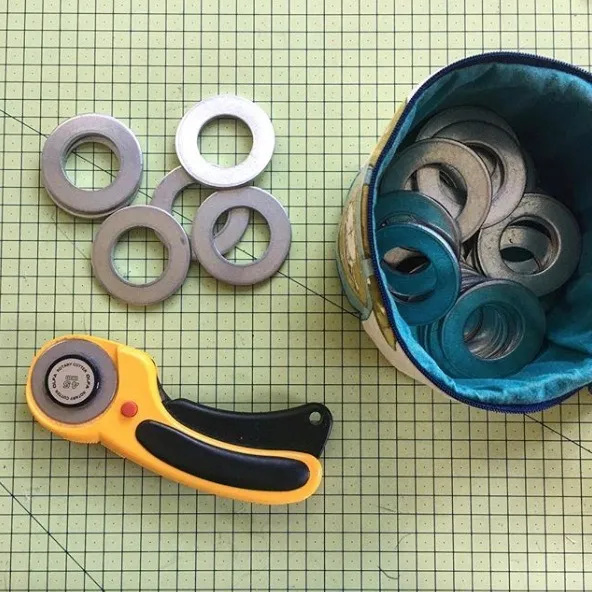
Added extras
Things that are nice to have, but not essential, include a rotary cutter and mat which you can use with pattern weights to cut out your pieces. Personally, I find this a lot quicker and easier than pins and scissors.

To find out more about Charlotte and her sewing classes visit www.charlottenewland.com or follow her on Instagram.
Share your own top sewing tips and hacks with us on our Instagram using #molliemakers and on Twitter and Facebook too. Remember to subscribe to Mollie Makes for more sewing patterns and tutorials.
Save
Save
